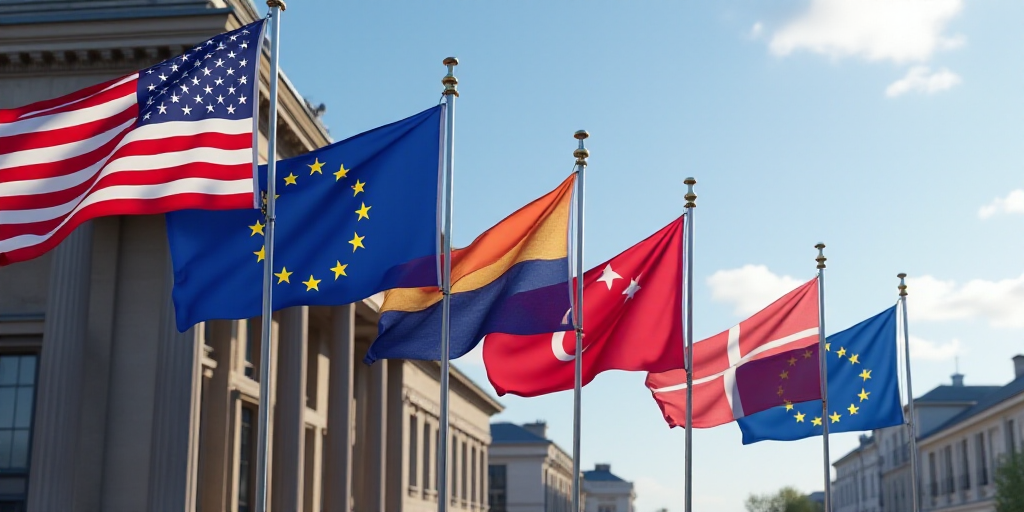Introduction to the EU Recovery Fund
The European Union (EU) launched a €650 billion recovery fund in 2021 to stimulate post-COVID-19 economic growth across all member countries until 2026. The fund, known as the Mechanism for Recovery and Resilience (MRR), aims to support green, digital, and crisis-resistant economic transformations.
Concerns Raised by the European Court of Auditors (ECA)
On May 6, the European Court of Auditors (ECA), the EU’s highest audit institution, criticized the MRR for several shortcomings in performance, accountability, and transparency.
“The EU’s COVID recovery fund suffers from multiple deficiencies in terms of performance, accountability, and transparency,” the ECA stated in its review.
Limited Information on Results and Costs
The ECA report highlights that there is insufficient information on the MRR’s outcomes and actual costs. This lack of clarity makes it unclear what benefits EU citizens receive for their money.
“Although the MRR has played a crucial role in the EU’s post-pandemic recovery, information on its results is scarce, and there is no insight into the real costs. Consequently, it remains unclear what benefits EU citizens actually receive for their money,” the ECA emphasized.
How the MRR Works
The MRR disburses funds twice a year to governments that meet agreed-upon reform and investment milestones with the Commission. These funds are intended to finance reforms and investments aimed at making the EU’s economy more sustainable, digital, and resilient to future crises.
Impact on EU Citizens
The ECA’s concerns revolve around the MRR’s effectiveness and transparency, which directly affect EU citizens. Without clear information on the fund’s outcomes and associated costs, it is challenging for citizens to assess the value of their tax contributions and understand how the MRR contributes to a greener, more digital, and crisis-resistant EU.
Key Questions and Answers
- What is the EU Recovery Fund? The €650 billion fund, known as the Mechanism for Recovery and Resilience (MRR), was established in 2021 to support post-COVID-19 economic recovery across all EU member countries until 2026.
- What are the main concerns raised by the ECA? The ECA criticized the MRR for deficiencies in performance, accountability, and transparency. Specifically, there is a lack of information on the fund’s outcomes and associated costs.
- How does the MRR disburse funds? The MRR distributes funds twice a year to governments that meet agreed-upon reform and investment milestones with the EU Commission.
- Why are the ECA’s concerns important for EU citizens? The ECA’s concerns highlight the need for greater transparency and clearer information on the MRR’s outcomes and costs, enabling EU citizens to better understand their investment and assess the fund’s contribution to a sustainable, digital, and crisis-resistant EU.






